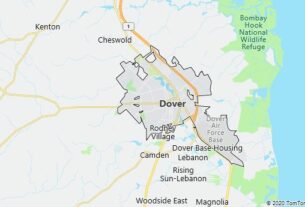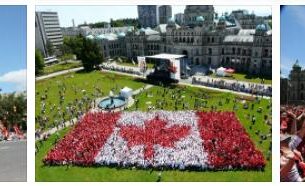Trinidad and Tobago is a republic with a parliamentary form of government, part of the Commonwealth, led by Great Britain. The Constitution is in force in 1962, as amended in 1976. Trinidad and Tobago consists of 8 counties, 3 municipalities and 1 administrative region. Tobago has a Legislative Assembly, consisting of 15 members, whose powers are limited to 4 years. The subject of their activities are some of the internal aspects of the life of the island. Largest cities (2000): Port of Spain, Chaguanas (56.6 thousand), San Fernando (55.4 thousand). The head of state is the president, who is elected by an electoral college consisting of members of both houses of parliament for a term of 5 years. Since February 2003 – George Maxwell Richards (43% of the vote). Parliament consists of the Senate and the House of Representatives. The Senate consists of 31 members appointed by the President. The House of Representatives has 36 members elected by direct universal suffrage for a term of 5 years. The majority leader in the House of Representatives is usually appointed by the president as prime minister. In the elections to the House of Representatives in 2002, the People’s National Movement Party (PNM, Patrick Manning) won with 55% of the vote (20 seats). The United National Congress Party (Basdeo Panday) won 44.5% of the vote (16 seats). Patrick Manning has been Prime Minister since December 2001. The NMD, whose members are predominantly African Trinidadians, was in power during most of Trinidad and Tobago’s period of independent development. In 1986–91, the government was formed by the National Union for Reconstruction (Charles Hochou) party, which is based on the Indo-Trinidadians. Check diseaseslearning for political system of Trinidad and Tobago.
A special role in the modern history of Trinidad and Tobago was played by its first prime minister, founder (1956) and leader of the NND party, which led the struggle for the country’s independence, Eric Williams (1911–81). He was the chief minister and then the permanent prime minister of the country during the period 1956-81, during which Trinidad and Tobago gained independence, became a republic.
The leading business organization is the Trinidad and Tobago Chamber of Industry and Commerce. She represents entrepreneurs in negotiations with the government and is a member of the International Chamber of Commerce. In addition, there are 12 branch and local chambers of commerce in the country.
In domestic policy, the government sets the task of improving the quality of social services, combating crime and drugs. In the field of economic development, it is planned to achieve the status of a developed country by 2020.
In foreign policy, the priority issues are regional policy, the development of the regional integration process and bilateral relations with the CARICOM countries. It is envisaged to deepen cooperation with Venezuela in the field of fisheries, security, trade and investment, transport and culture; to increase the export of finished products to the markets of Latin America and the USA, to strengthen cultural and economic ties with this country, which has a large Trinidadian diaspora.
The armed forces include: the Trinidad and Tobago Defense Force, consisting of ground forces, coast guards and air forces, and the Trinidad and Tobago Police Service. Military spending – $ 90 million (1999), or 1.4% of GDP.
Trinidad and Tobago has diplomatic relations with the Russian Federation (established with the USSR on June 6, 1974).



